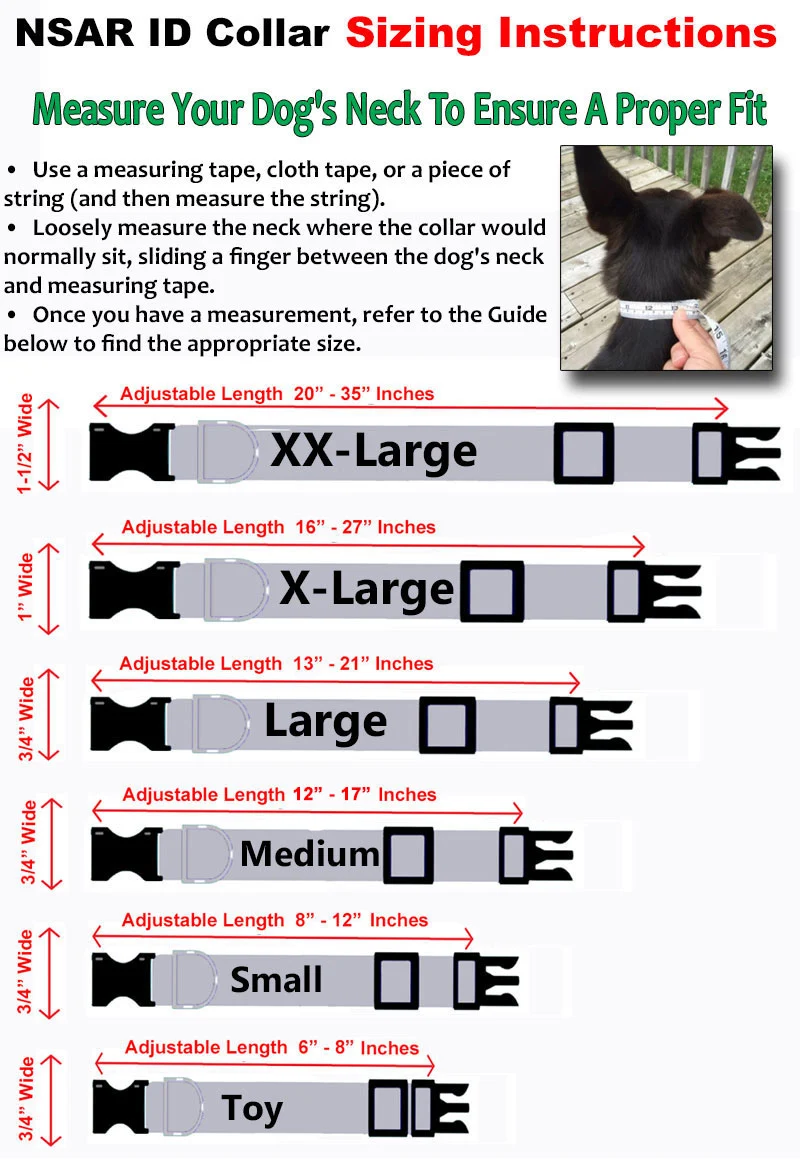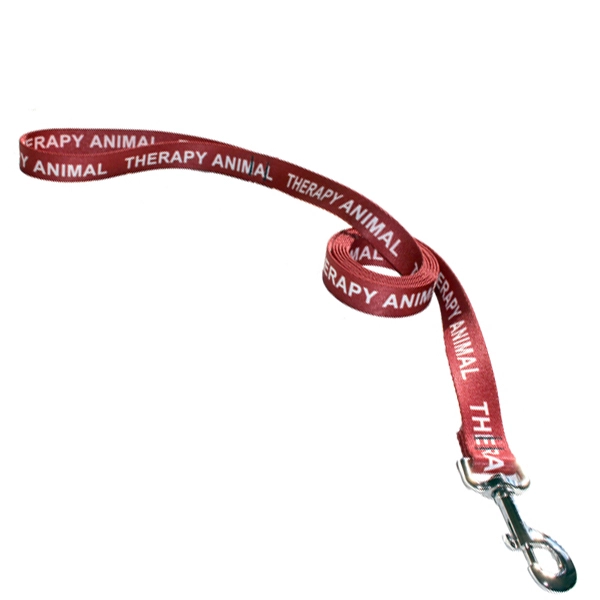
Independence Day is a time for family, fun, and fireworks — but for emotional support animals (ESAs) and service dogs alike, the loud booms, crowded events, and bustling energy can be a source of intense stress. As a devoted ESA or service dog owner, ensuring your companion’s safety and comfort during this patriotic celebration is not just considerate — it’s crucial.
In this comprehensive guide, you’ll learn everything you need to know about celebrating the Fourth of July safely and joyfully with your ESA or Service Dog. From understanding how your pet may react to fireworks, to setting up a calming environment, we’ve got your holiday game plan covered. Let’s dive in!
What Is an Emotional Support Animal (ESA)?
Before we explore holiday-specific tips, let’s briefly revisit what an ESA is and why they’re so important.
Definition:
An Emotional Support Animal is a pet that provides therapeutic support to individuals with mental health conditions such as anxiety, depression, PTSD, or panic disorders.
Legal Protections:
While ESAs are not service animals under the ADA, they are protected under:
- Fair Housing Act (FHA): Allows ESAs in no-pet housing with appropriate documentation.
- Air Carrier Access Act (prior to 2021): While airlines are no longer required to accommodate ESAs as service animals, many still allow them as pets in-cabin (check individual airline policies).
Note: An ESA must be prescribed by a licensed mental health professional through a legitimate ESA letter.
What Is a Service Dog?
While Emotional Support Animals (ESAs) provide comfort simply through their presence, service dogs are specially trained to perform specific tasks for individuals with disabilities. These dogs are considered medical equipment under the Americans with Disabilities Act (ADA) and have full public access rights.
Key Features of a Service Dog:
Events (including fireworks shows, though caution is still advised)
Task-Trained: Service dogs perform specific tasks related to the individual’s disability. This can include:
- Guiding individuals who are blind
- Alerting those who are deaf to sounds
- Pulling a wheelchair
- Reminding their handler to take medication
- Interrupting self-harm behaviors
- Alerting to seizures or blood sugar changes
Legal Access Rights: Unlike ESAs, service dogs are allowed in all public places, including:
- Restaurants
- Stores
- Public transportation
- Hotels
Why the Fourth of July Can Be Stressful for ESAs and Service Dogs
For humans, the Fourth of July brings joy. For animals — especially ESAs and service dogs who are more emotionally in tune with their owners — it can bring anxiety, fear, and sensory overload. Common stressors include:
- Fireworks: Sudden loud noises trigger anxiety or flight responses.
- Large Crowds: Overstimulation from unfamiliar faces, sounds, and activities.
- Travel: Disruption of routine can cause confusion and restlessness.
- Hot Weather: ESAs, particularly brachycephalic breeds (like bulldogs), may suffer in the heat.
Understanding these triggers will help you prepare a celebration that prioritizes your ESA or service dog’s well-being.

Preparing Your ESA for the Fourth of July
1. Create a Calm and Safe Space at Home
- Choose a quiet room, preferably without windows or with heavy curtains.
- Play calming music or use white noise machines to mask fireworks.
- Add favorite toys, blankets, or an anxiety vest (like ThunderShirt).
- Keep lights dimmed to avoid startling flashes.
2. Desensitize Ahead of Time
- Use pre-recorded fireworks sounds at a low volume a few weeks before the event.
- Gradually increase the volume during short play sessions.
- Reward calm behavior with treats or cuddles.
3. Exercise and Engage Early in the Day
- Go for a long walk or play an active game in the morning to release energy.
- A tired ESA or service dog is less likely to become reactive during fireworks.
4. Avoid Bringing Your ESA to Fireworks Shows
Even well-socialized ESAs can panic in this setting. Loud, unpredictable booms may overwhelm them and create a flight risk.
5. Check ID and Microchip
- ]Ensure your ESA or Service Dog is wearing updated tags.
- If microchipped, verify that your contact information is current.
Travel Tips: Taking Your ESA or Service Dog on the Go
If you’re heading to a BBQ, lake, or vacation spot, follow these steps:
- Bring Essentials: Water, food, collapsible bowls, leash, carrier/crate, calming items, and documentation.
- Inform Hosts: Let friends or family know you’re bringing your ESA or Service Dog.
- Keep Leashed or Crated: Never leave your ESA or Service Dog unattended in unfamiliar places.
- Watch for Overheating: Shade, hydration, and short outdoor sessions are key.
Firework Anxiety: What to Do During the Show
- Stay with your ESA or Service Dog, if possible.
- Use pressure wraps or calming pheromone sprays.
- Distract with treat puzzles or long-lasting chews.
- Remain calm yourself — your ESA or Service Dog mirrors your emotional state.
Can You Medicate Your ESA for Anxiety?
In some cases, yes — but only under veterinary guidance.
Do not self-medicate your animal.
If your ESA has severe noise anxiety, consult your vet about:
- Prescription anti-anxiety medications
- Natural supplements (CBD, melatonin)
- Behavioral therapy for long-term support
July 5th: One of the Busiest Days for Lost Pets
According to the American Humane Association, more pets go missing on July 4th than any other day of the year, and July 5th is the busiest day for shelters.
Preventative Measures:
- Don’t leave doors, windows, or gates open.
- Avoid taking your ESA or Service Dog outside during peak fireworks hours.
- Double-check your leash and collar security.
FAQs: Celebrating July 4th with an ESA
Can I bring my ESA to public fireworks shows?
It’s not recommended. Even well-behaved ESAs may panic due to noise and crowds.
Can ESAs fly with me during the holiday?
Some airlines allow ESAs as in-cabin pets, but they are no longer federally required to accommodate them as service animals. Check your airline’s pet policy.
What if my ESA has an anxiety attack?
Stay calm. Use gentle voice cues, touch therapy, and safe confinement. Contact your vet if symptoms escalate.
Are ESAs allowed at BBQs or outdoor events?
Private events — yes, with host permission. Public spaces — it depends. ESAs do not have the same public access rights as service dogs.
Celebrate Together: Ideas That Are Fun and ESA-Friendly
- Patriotic Photoshoot: Dress up (safely) and capture memories.
- Frozen Dog Treats: Make patriotic pupsicles with dog-safe ingredients.
- Indoor Picnic: Watch a fireworks show on TV and enjoy treats together.
- Sensory Games: Keep your ESA or Service Dog stimulated indoors with scent-based games.
Support Your ESA or Service Dog Year-Round
Your ESA or Service Dog offers unconditional love every day — return the favor by preparing a stress-free Independence Day celebration that honors their emotional and physical needs.
✨ Need help qualifying for an ESA or Service Dog or getting an ESA or PSD letter from a licensed professional?
Visit National Service Animal Registry to learn more and get started today.
























